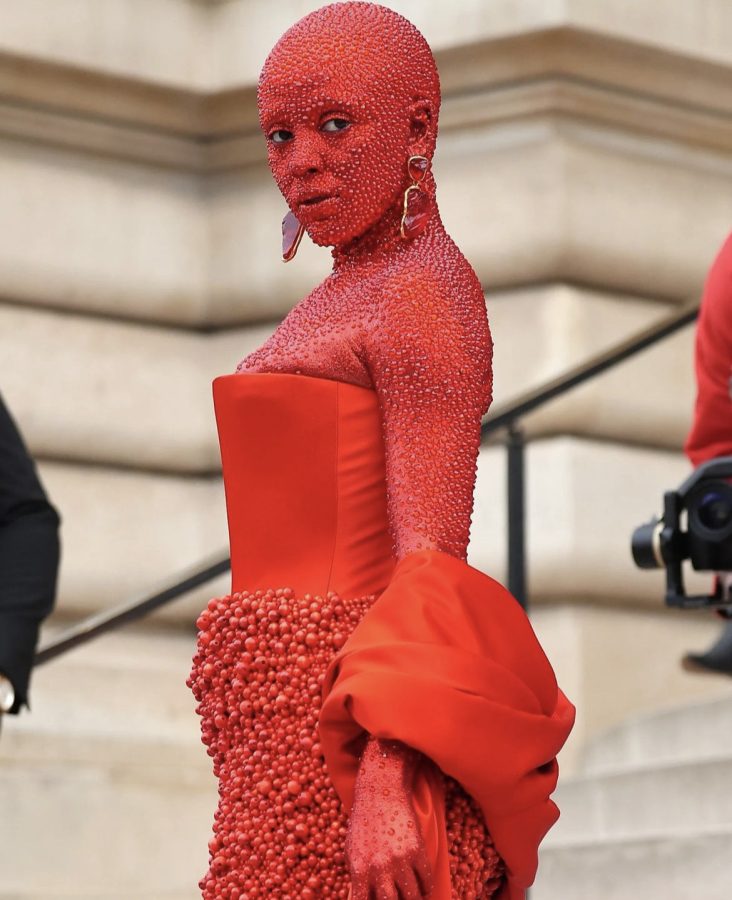Dystopian novels have been doing a little too well predicting what comes next
For as long as I can remember, I have been fascinated with a specific type of book. While I love a good historical fiction romance for broadening my view of a previous time period I can never myself experience, dystopian novels have always offered me a different view of my life, maybe even one that I have yet to experience: a glimpse into the future.
Now, whilst the newer generation of these publishings’ predictions still appear to be nothing more than futuristic fantasies, their predecessors seem to have done their job of predictions nearly too well.
See, as we are taught in language arts classes, these tales serve the purpose of a warning. The author identifies a possible lapse in humanity—generally one evolving government control—and creates a world similar to present-day humanity that represents this lapse. And while this is a universally effective method of evoking fear in large masses of society, many authors have done a nearly too accurate job of predicting the future.
Two years ago, I read George Orwell’s 1984, a common book taught in early high school literature. The book is quite honestly bleak and distressing; it creates multiple painfully accurate parallels to modern-day life.
In this novel, there was a vast emphasis on the manipulation of the past by “revising history” and “the thought police.” This is painstakingly represented in the present through the banning of books in education which, surprisingly enough, 1984 is no foreigner to.
Fahrenheit 451 also is an accurate prediction of book banning as it places an emphasis on book burning and the censorship of information. Modern-day measures are less physically extreme, yes; however, the intentions are similar, making these warnings painfully accurate.
While 1984 has countless references to communism and socialism as well as a multitude of other thought-provoking predictions, instead of continuing this analysis, I say we move on to the next novel in question: The Hunger Games.
No, I am not specifically referring to the destruction or the actual fighting part of the series. However, “the capital” blurs the line between fiction and realism.
Picture the characters in the capital in their extravagant gowns. Now, picture Doja Cat during fashion week head to toe in Swarovski crystals; I don’t see much of a difference, do you? And she is not unique to this. The bizarre attire of many celebrities at major events is shocking look-wise, and I fear the price would be even more appalling.
The second apparent example in The Hunger Games is the blatant disregard for food waste. In the novel, the characters in the capital drank an elixir so that they could throw up and eat more food. On social media apps—specifically TikTok, in my case—many people dump large amounts of food on themselves as a joke, for ASMR, or for comparison when it is blatantly obvious that they won’t possibly eat everything they have wasted or bought.
No, these are not exactly the same thing, but, just like in The Hunger Games, people are starving and struggling to get food and others are simply wasting it for their own amusement and satisfaction.
Like these few examples, this is a constant cycle of written novel and prediction and, unlike my first examples, The Hunger Games is a relatively current modern example of this. The scariest part is that the parallels do not end here. I could sit here and write 100 more examples just like these.
Now, before everyone is as uneasy about this trend as I am, this is all not to say every dystopian novel will become real life or that these real-life comparisons are on the same level of extreme as these novels. In most cases, they aren’t. However, as I watch these and many other examples of dystopian plot lines turned real life, I am forced to wait in angst for what prediction may come true next.

Gigi is beginning her second year of writing for The Central Trend as a junior this year, and she is starting to fear she will run out of things to say....



























































































